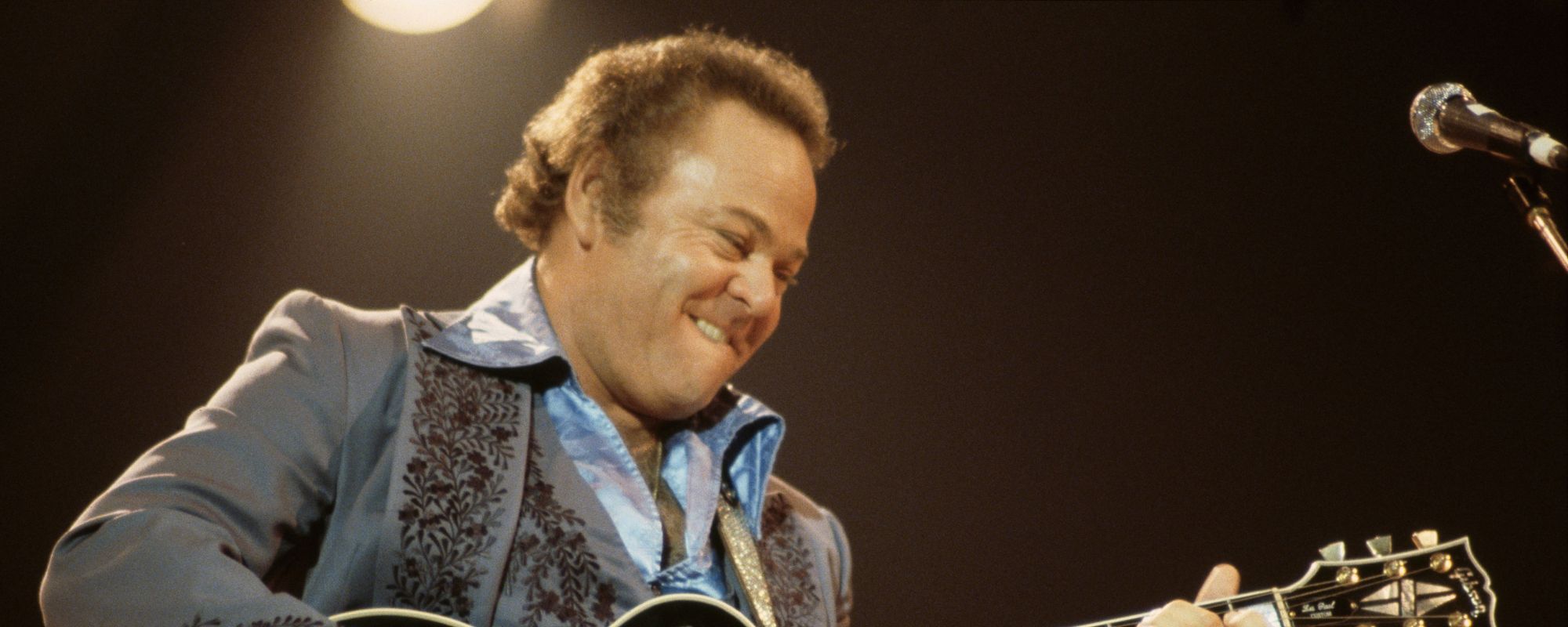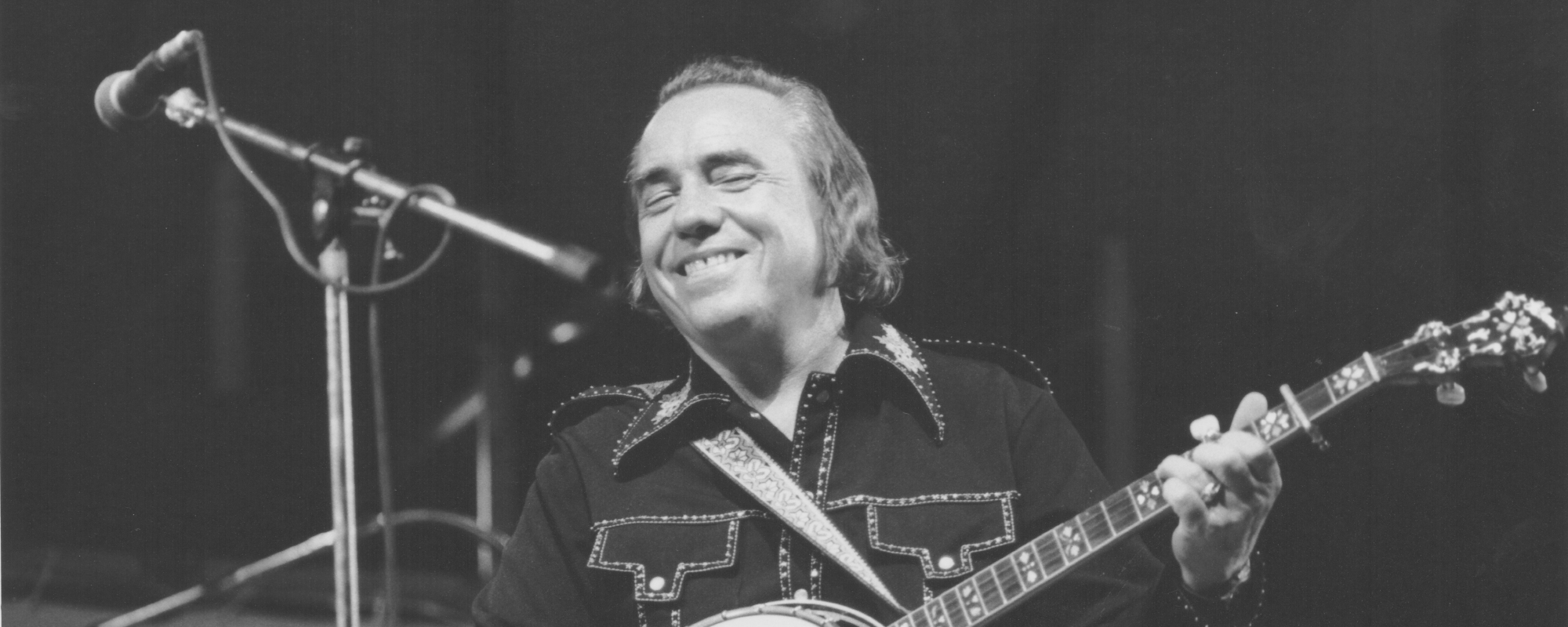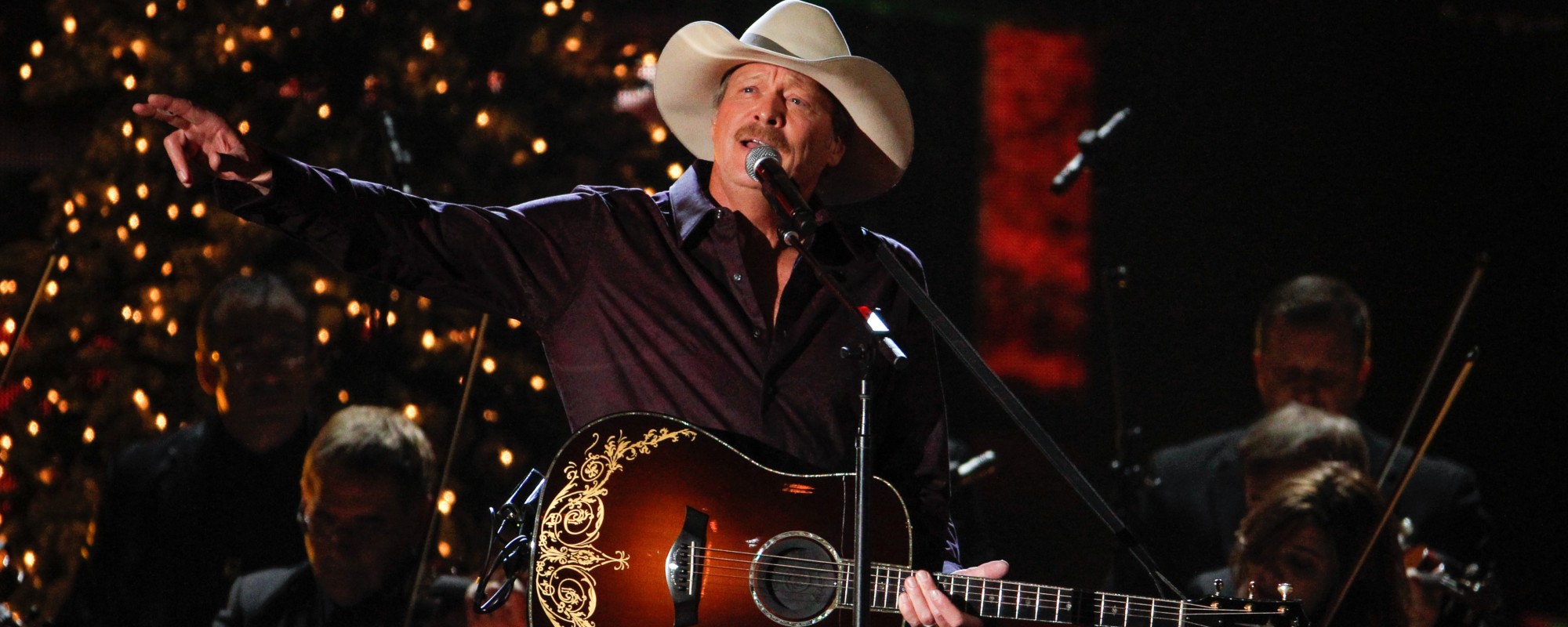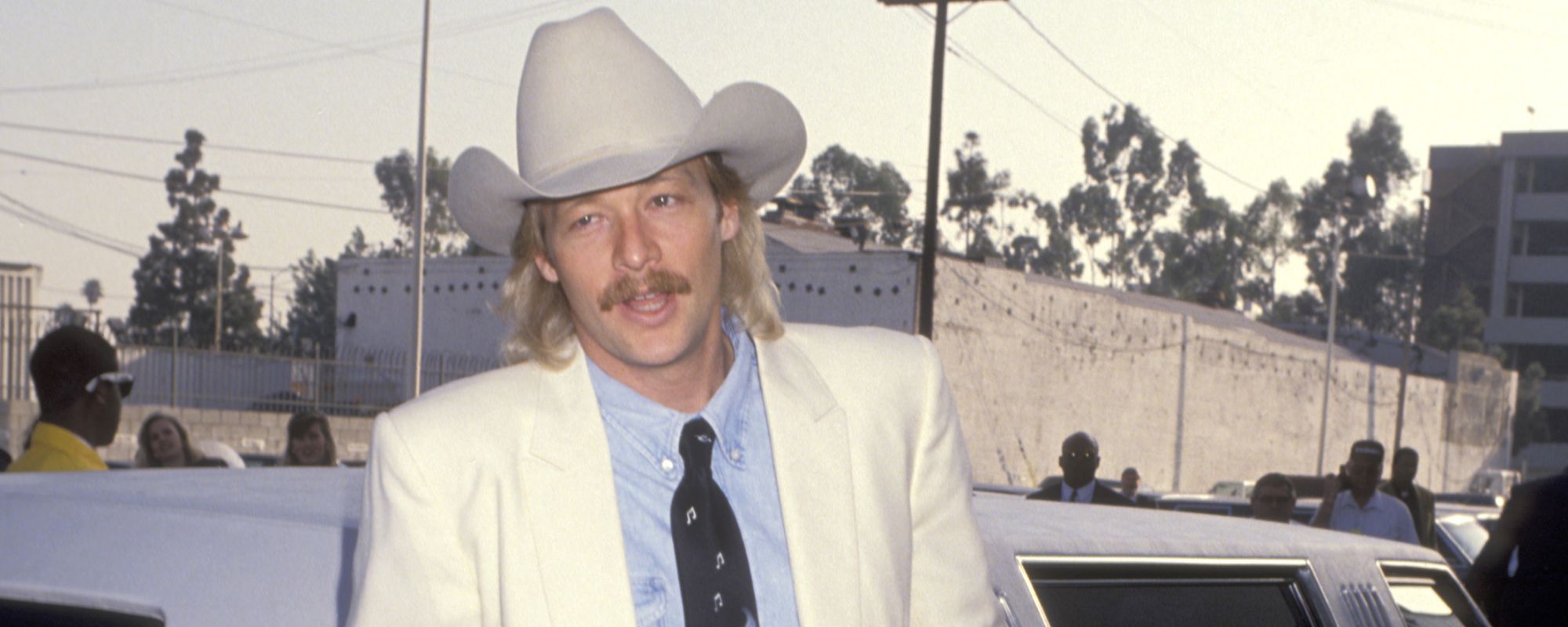Many music fans know that not every artist records the music they want to record. Countless stories of studio executives and producers forcing their will on recording artists are floating around the internet. In most of those stories, the goal is to record and release the most lucrative music possible, without much concern for creative integrity. However, several artists have proven how well they know their audiences and have risen to success after gaining creative control. A few even became country music legends.
Videos by American Songwriter
Nearly every country music fan knows these legends and their songs by heart. However, some may not realize that they didn’t find major success until they were able to take the reins of their careers and guide them.
1. Willie Nelson
Country legend Willie Nelson started his career in Nashville as a songwriter. He saw some success, penning songs like Patsy Cline’s hit “Crazy.” However, he didn’t see as much success as a recording artist.
Initially signed to RCA Records, Nelson released his debut album, And Then I Wrote, in 1962. His first three albums failed to chart. Then, he saw intermittent chart success with both albums and singles throughout the 1960s and 1970s. Fed up with the label’s way of handling his music, Nelson retired and went back to Texas. There, he gained scores of local fans by playing his preferred style of country music.
After deciding to return to the music business, Nelson signed with Atlantic Records, where he had more creative control over his music. His first release for the label was the 1973 classic Shotgun Willie. He followed that with Phases and Stages and Red Headed Stranger, which was his first No. 1. The wave of success that helped him rise to his legendary position began when he signed with Atlantic.
2. Waylon Jennings
Like his fellow Outlaw Country legend, Willie Nelson, Waylon Jennings was signed to RCA Records. He released his first album, Folk Country, with the label in 1966. He would see decent chart success for the next decade, with many of his albums landing within the top 10 of the Billboard Top Country Albums chart. However, he didn’t start seeing consistent success until after he released his 1973 album, Honky Tonk Heroes.
After Nelson left the label, RCA was willing to negotiate a better deal with Jennings. As a result, he gained control of his music. When he decided to record several songs penned by Billy Joe Shaver for the 1973 album, his producer, Chet Atkins, was reluctant. As a result, Jennings replaced him with Outlaw Country singer/producer Tompall Glaser. Jennings went on to produce or co-produce many of his albums moving forward.
Four years after seizing control with Honky Tonk Heroes, Jennings released Ol’ Waylon. It was his third in a string of five No. 1 albums and stayed in the top spot for 13 consecutive weeks. More importantly, he and Nelson helped to spearhead the Outlaw Country movement.
3. Reba McEntire
Reba McEntire has been hailed as an icon, a legend, and the Queen of Country Music. Her career as a recording artist opened the door to an acting career and much more. She is one of many artists who dominated the genre in the 1990s. However, she’s one of only a handful who has managed to remain successful and relevant in the decades since.
McEntire’s career started her career with Mercury Records. She released her self-titled debut album in 1977, and it failed to chart. The same happened with her next two records. At the same time, her early singles barely made the chart, peaking between No. 86 and No. 88. She saw some success in the early 1980s, scoring her first No. 1 with “Can’t Even Get the Blues” in 1983. Then, she left Mercury and moved to MCA Records. She released her first album with the label, Just a Little Love, in 1984. There, she had much more creative freedom.
McEntire released her first No. 1 album, Whoever’s in New England, in 1986. Every studio album she’s released since then has been a top 10 hit. She has seen similar success on the Hot Country Songs chart, as well. Chart success aside, she became a dominant force in the world of 1990s country, inspiring and influencing generations of artists.
Featured Image by Christopher Polk/Penske Media via Getty Images












Leave a Reply
Only members can comment. Become a member. Already a member? Log in.